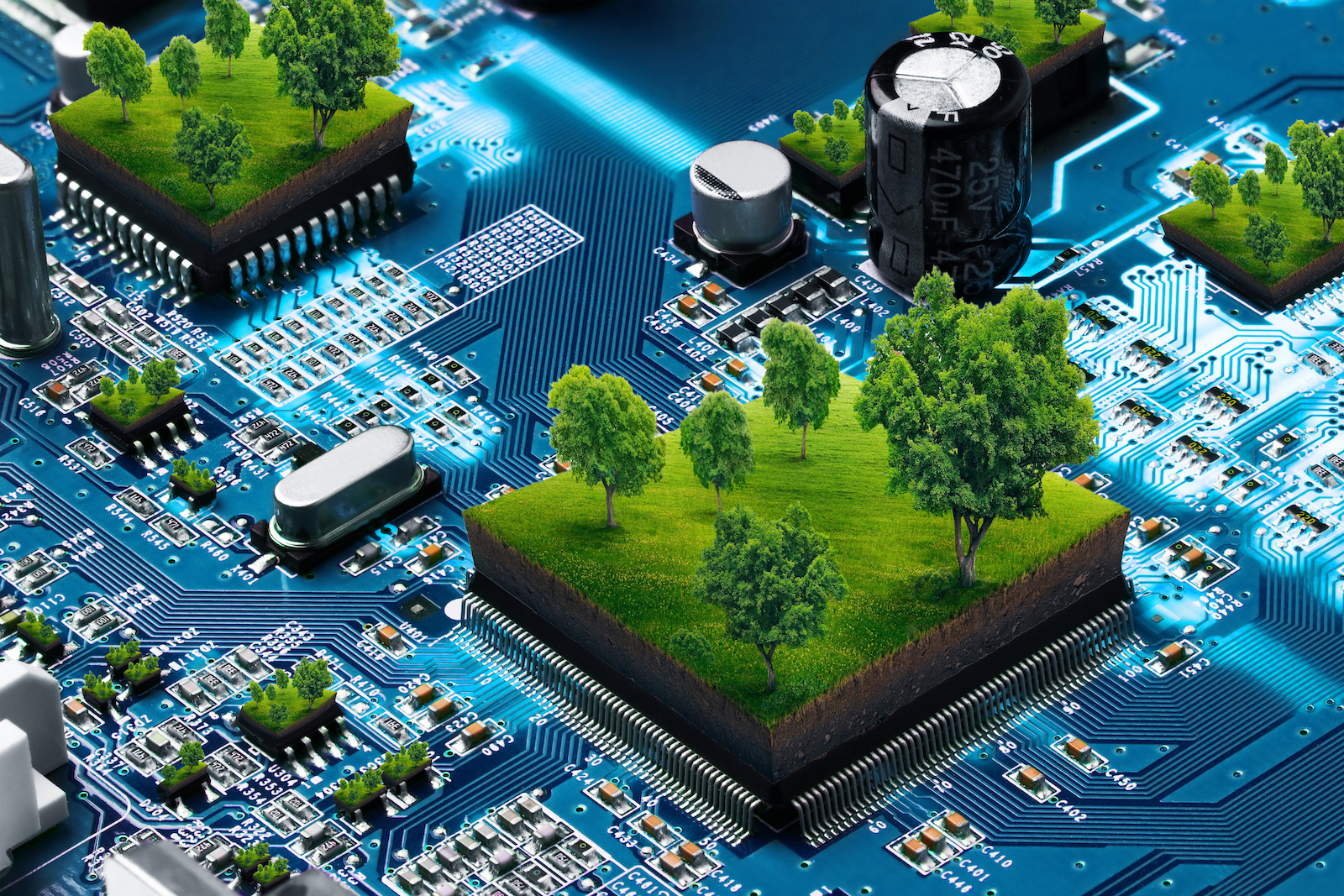
Tech
Supercharging the Energy Transition
To tackle the threat of climate change, re-architecting how energy is produced, stored, distributed, and consumed is crucial. However, switching to renewable energy sources is not the only solution or challenge.
Powering the green energy transition requires significant structural changes and massive political capital on the part of policymakers. This transition will be powered by an unparalleled change of mindset, business models, workforce capacity, regulations, and green finance.
As we shift to a decentralized, distributed system, reliance on a central utility that generates, and transfers energy is inadequate. The biggest problem in the U.S. is that states still rely on a grid system that is decades old and held together by duct tape and prayers.
As businesses, governments, and individuals install renewable energy sources, they are generating their own energy through decentralized sources. They become “prosumers”: producing and consuming the energy generated, for example, in solar panels or electric cars, that is stored in batteries, and transported back to the grid.
In the case of electric cars, cities across the U.S. are promoting their sustainable transportation strategy; however, they are struggling to provide more public charging stations and expand their distribution capacity.
Providing sufficient infrastructure to scale the storage capacity, sourcing, and transmission of energy is crucial. If not, transferring and sourcing electricity from countless decentralized sources will create disarray for energy grids as well as inefficiencies in energy usage — causing e-waste.
Leveraging the power of artificial intelligence (AI) and machine learning is key to developing sustainable strategies, producing cost-effective solutions, and ensuring resilient electricity sources.
Internet of things (IoT) sensors, storage technologies, automation, and smart networks can provide coordination, forecasting, and optimization efficiencies. These technologies can effectively balance the grid management and distribution levels, providing energy efficiency at lower costs. Also, they can even optimize greener supply chains and track sustainable reporting standards along value chains.
The global energy crisis and mounting climate change threats are pushing for even greater advanced technologies and innovative ways of developing cleaner energy sources — such as hydrogen. Tech companies are capable of effectively boosting the development of innovations and systems with new products, services, and business models that can transform the energy landscape. These developments, such as recycled materials, can be beneficial for digitalization goals; however, the accelerated growth of the digital transformation is generating an enormous environmental impact.
Policy concerns are merging for the digital and sustainable twin transitions with questions such as how to digitalize the renewable energy transition and how to green the digital transformation.
The best example are data centers. They are at the intersection of sustainable and digital transitions.
Data centers need to meet the demands of digital growth and the data-intensive landscape. As “more and more calculation tasks and storage capacities are done in the cloud,” data centers require an immense amount of energy and water to operate. “By 2030, data centers are projected to account for 3.2 percent of electricity demand within Europe” and at the same time, “the EU is under pressure to reduce energy demand amidst the energy crisis and 2022’s hottest summer.”
Massive political influence is vital in an established, regulated, and deep-pocketed fossil fuel sector. However, the energy transformation is already shaping and advocating for the most important policy initiatives, dictating the future of the industry.
In the U.S., President Biden’s Inflation Reduction Act (IRA) provides significant investments in clean energy. Focusing on deployment, the IRA is “designed to create a new landscape for clean energy, building in incentives that will foster technological advances and encourage domestic manufacturing.” Alongside the Infrastructure Investment & Jobs Act and CHIPS & Science Act, the IRA seeks to enhance America’s innovation and competitiveness in production, infrastructure, storage, and capital.
Designing the necessary policies and regulations to increase demand for renewable energy and access to green finance will be a significant challenge — especially in developing and underrepresented countries. In addition to federal spending, investors and capital markets will be key drivers to incentivize capital and align investment portfolios via environmental, social, and governance (ESG) investments. Companies, on the other hand, will have to prepare for the complexities of a future regulatory landscape that highlights ESG reporting, and compliance framework.
The energy transition is a change in scale, crossing every sector. Renewable energy is an interim step to diversify the energy supply whilst meeting our climate goals. It is capable to enhance our energy security with direct and indirect economic benefits, reduce energy dependence, and lower fossil fuel prices, demand, and emissions.
Driving social progress and developing a sustainable, resilient economy has become a goal of policymakers — regardless of political ideology. It is an exciting, historic time to be part of a revolution that is bringing about unparalleled change filled with uncertainty and opportunity.
